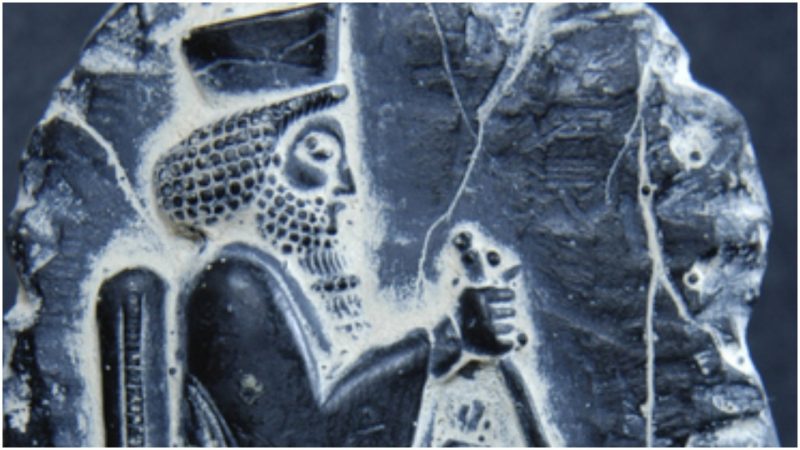Cyrus the Great, the greatest king of Ancient Persia, was the first documented champion of human rights.
He lived from about 600-529 BC, according to cyrusthegreat.net. He founded one of the first great world empires, and is the first world leader to be called “the Great.”
By the time he was done, his empire extended to cover parts of three continents and 25 nations, spanning millions of miles.
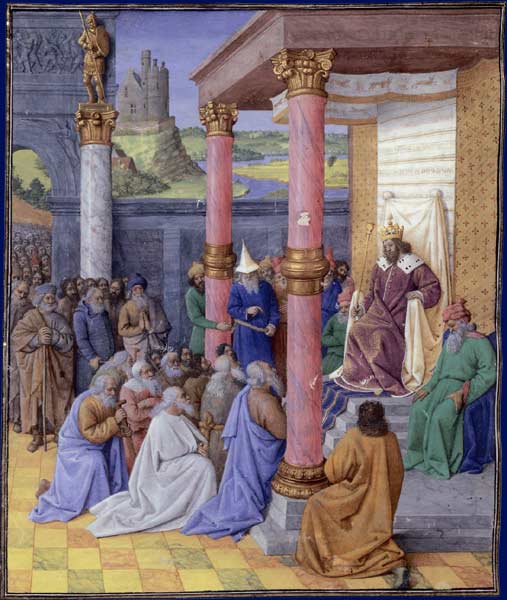
He wasn’t just a great conqueror, though, he was also a great ruler and leader. According to Persepolis – Persian Encyclopaedia, the Persian Empire was the first example of the federal government in the world, where states were run autonomously by lesser rulers who were under the aegis of the empire.
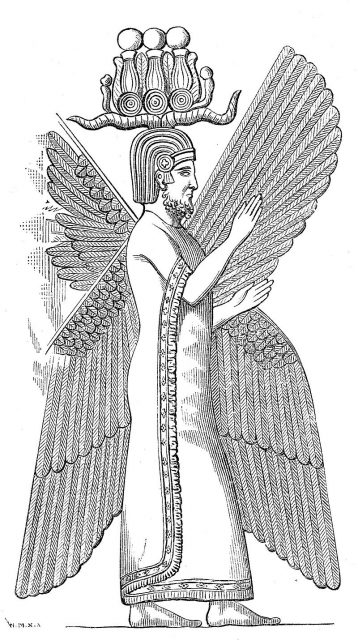
Cyrus respected the languages, religions, and cultures of all the lands to which he laid claim. He also considered all nations and peoples to be equal in terms of their rights. Under Cyrus’ rule, the empire was religiously tolerant, equal, and, above all, humane.
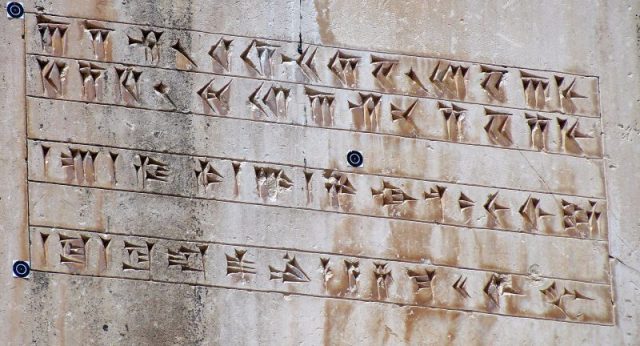
Cyrus’ stand on the issue of human rights is documented on a clay cylinder that was discovered in 1879, known as the Cyrus Cylinder. It’s written in the Akkadian language, using an ancient form of writing called cuneiform.
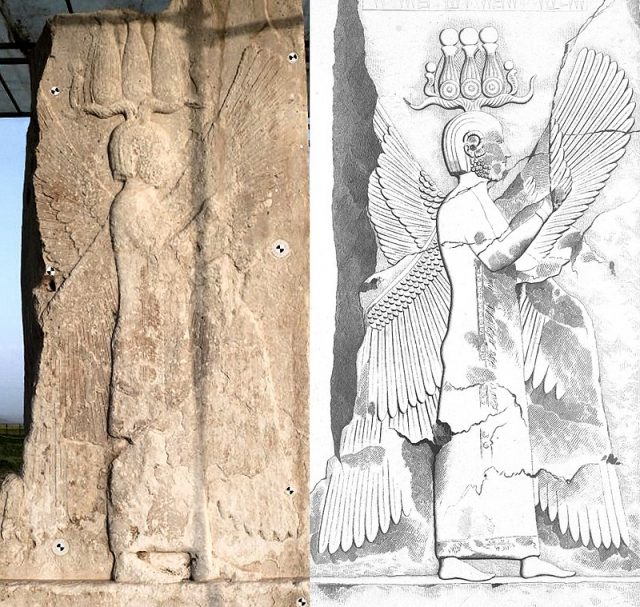
It was found by an Assyro-British archaeologist named Hormuzd Rassam, in Babylon, in the foundations of the Temple of Marduk, according to Iran Chamber Society. The cylinder is currently at the British Museum in London.
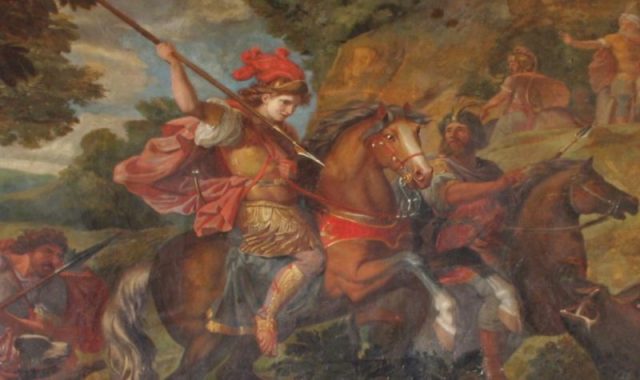
In 539 BC, Cyrus’ armies conquered Babylon. That’s when he started making some major changes, establishing certain basic rights for its citizens. There were three major premises outlined in the cylinder’s contents.
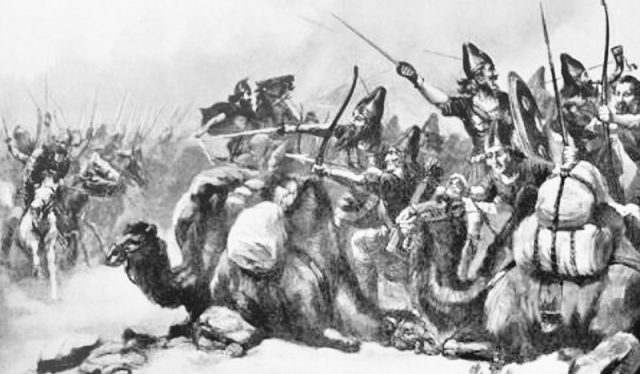
The first of these was the political establishment of equality of all languages, races, and religions. The next was that all slaves and any deported people were able to return to their homes, and, finally, he decreed that all the temples that had been destroyed were to be rebuilt. All three of these items, along with his other decrees, were baked into the cylinder Rassam found.
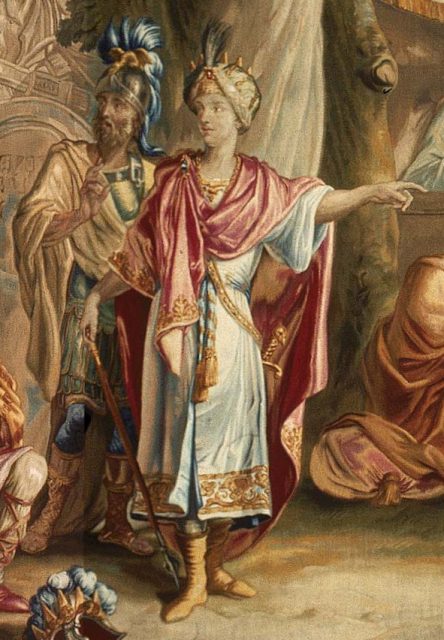
In one fell swoop, Cyrus had formalized freedom of speech and religion, abolition, and civil rights, and he did it all millennia ago. From Babylon, the idea that all people should have certain basic rights began to spread.
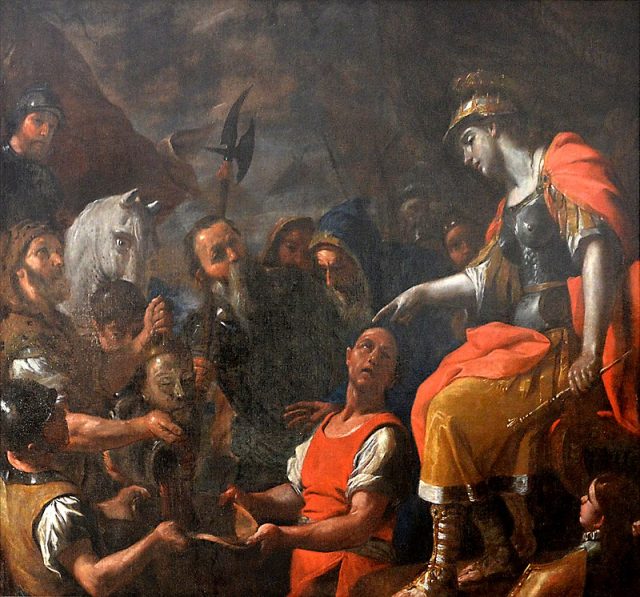
The idea made its way to Greece, to India, and finally to Rome. In Rome, the idea of “natural law” began to take root.
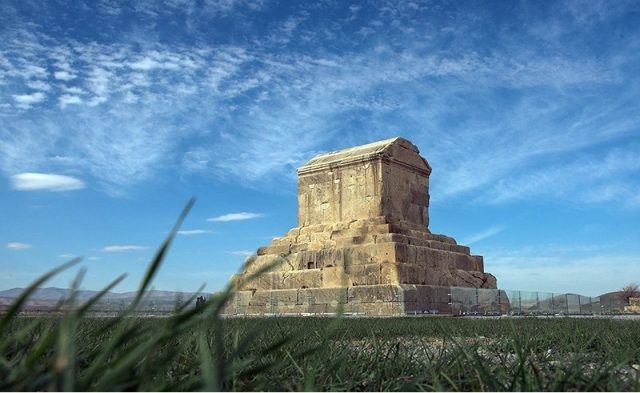
Other documents came into being over the centuries that put forward the same ideas, such as the Magna Carta in the 13th century, the Petition of Rights in the 17th century, and the United States Constitution.
Although humanity still frequently falls short of the ideals Cyrus set forth in his cylinder, Cyrus’ legacy is remembered. In Iran and some other places, October 29th is celebrated as “Cyrus the Great” or “Cyrus Human Rights Day.”
Read another story from us: Henry VIII Letter that Reflected War Preparations in 1541 Auctioned
The date marks the day he was officially crowned at Marduk temple and when he first read his Charter of Freedom to those who were present, which makes it a fitting day to honor his contributions to human thought and society.
